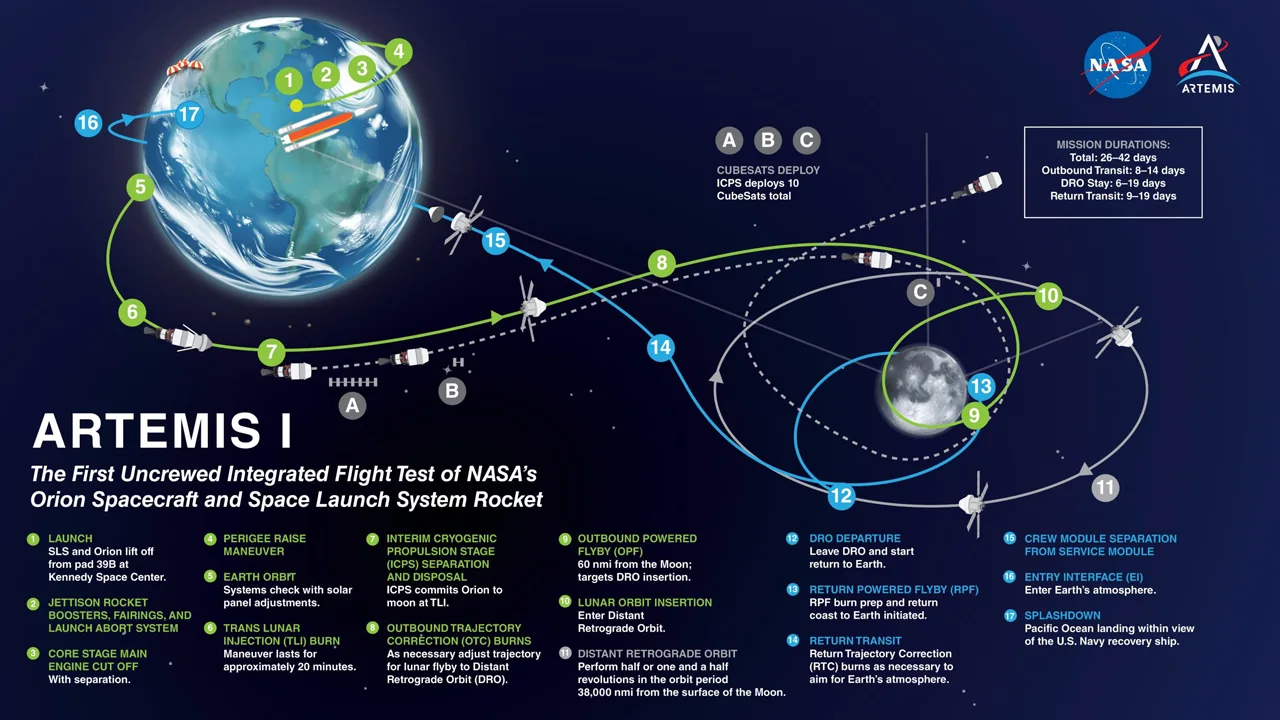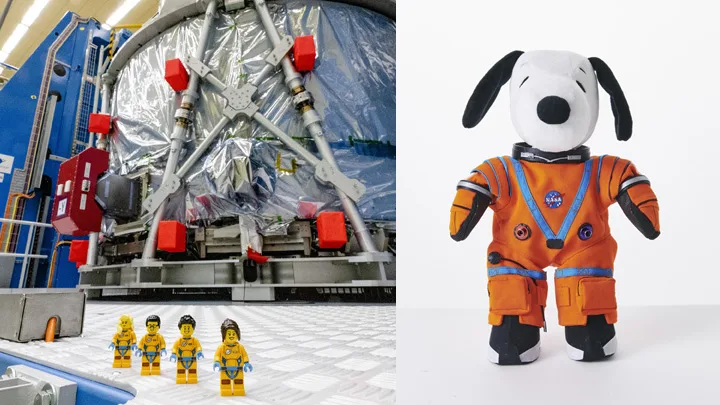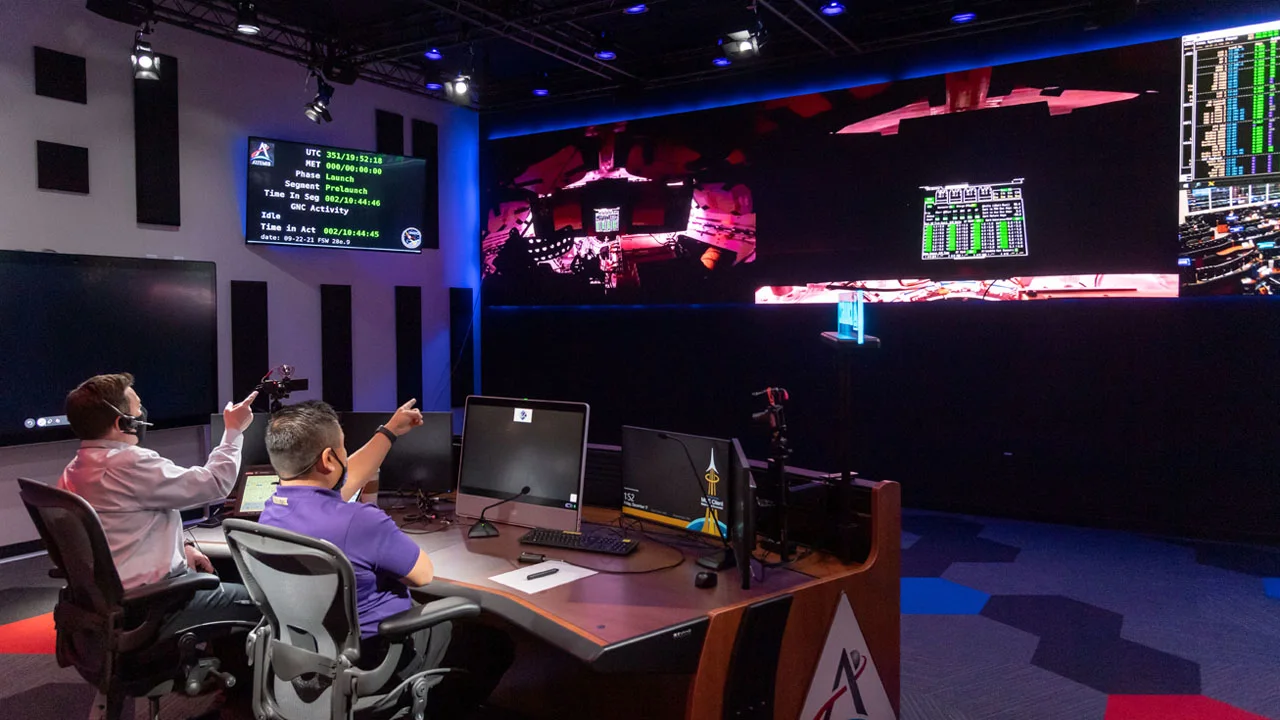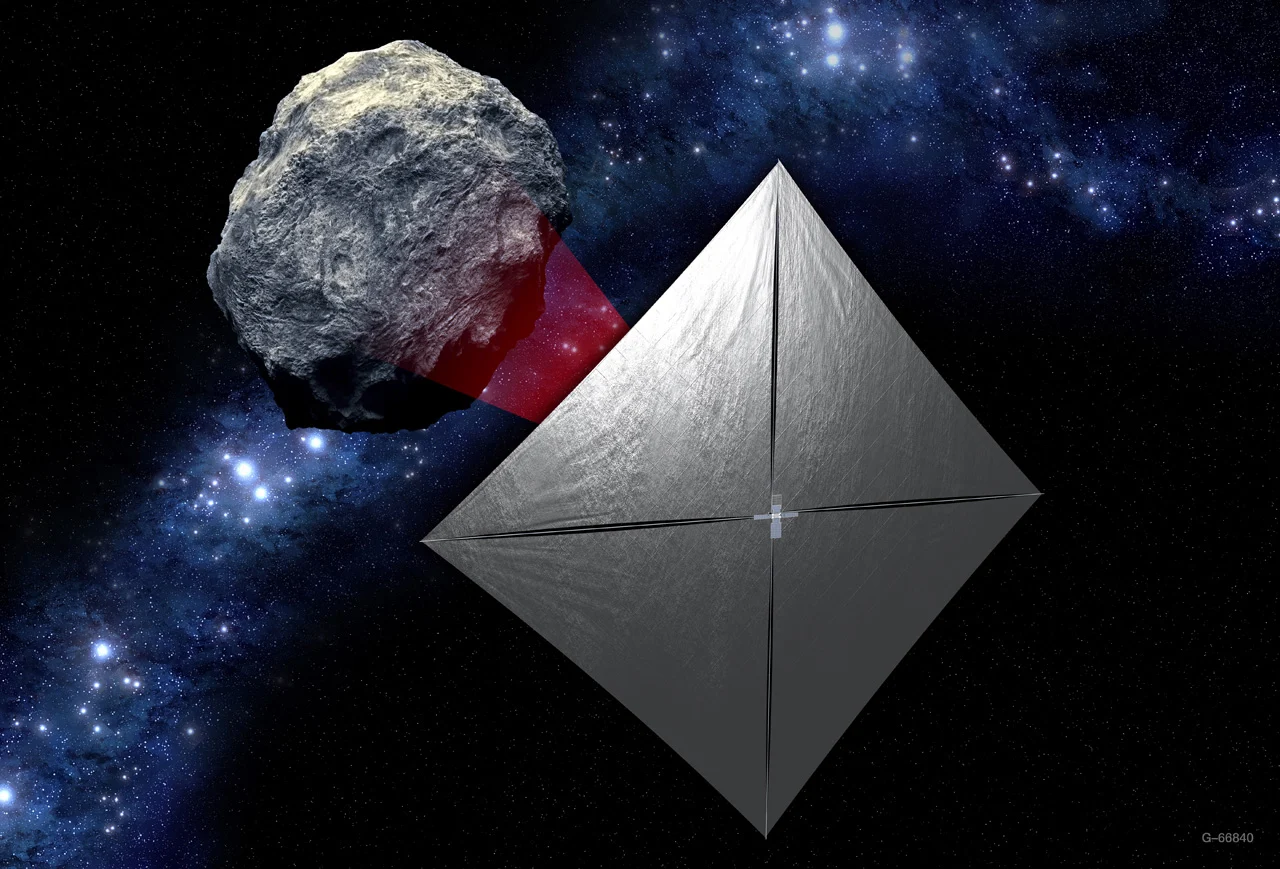
NASA's Artemis 1 stands ready for its flight to the Moon
Although an uncrewed flight, there are several special passengers on board for this trip around the Moon and back.
Early Wednesday morning, NASA's Artemis 1 mission arrived at the launch pad at Kennedy Space Center to prepare for its history-making return to the Moon. The journey of Artemis 1 will provide a pathway for astronauts, including those from Canada, to reach the Moon and perhaps one day Mars.
The Orion spacecraft now sits atop NASA's newest and most powerful rocket, the Space Launch System or SLS, at Kennedy Space Center's Launch Pad 39B. Scheduled for an August 29 lift-off, Orion is being prepped for flight as the first human-rated spacecraft to fly on a lunar mission since Apollo 17 in 1972.

The Orion spacecraft and SLS rocket stand ready at Kennedy Space Center's Launch Pad 39B on August 17, 2022. Credit: NASA
In 1968, Apollo 8 became the first crew-rated spacecraft to reach the Moon, completing 10 orbits before returning to Earth. Three astronauts, Frank Borman, Jim Lovell, and Bill Anders, were on board during the mission.
In contrast, Artemis 1 will be an uncrewed mission, controlled from the ground during its 42-day flight around the Moon and back.

Artemis 1's flight path is detailed in this infographic. Credit: NASA
Uncrewed, but not empty
The Orion spacecraft won't be completely empty, though.
The three seats in the capsule will be occupied by specially designed mannequins. One, named Commander Moonikin Campos, is outfitted with sensors to test the stresses that astronauts will endure on future flights. Meanwhile, two mannequin torsos, or phantoms, named Helga and Zohar, will return data on radiation exposure during the trip.

Test flight mannequin Commander Moonikin Campos sits in its flight suit ahead of the Artemis 1 flight. Inset, bottom right: the identical 'phantom' torsos, Helga and Zohar, will be fitted with more than 5,600 passive sensors and 34 active radiation detectors to measure radiation exposure as part of the Matroshka AstroRad Radiation Experiment (MARE). Credit: NASA
According to NASA, "Each of these purposeful passengers aboard Orion inform astronaut working conditions and safety, helping NASA and its partners better prepare for — and minimize — the potentially harmful effects from deep space missions for space travel farther from Earth, and longer in duration, than ever before."
These mannequins won't be entirely alone for this first return flight to the Moon.
Riding along with them will be a small plush doll of Shaun the Sheep (of Wallace & Gromit fame) provided by the European Space Agency.
"As one of the first astronauts to fly an Artemis mission, Shaun is leading the way in lunar exploration, a great honour for our woolly adventurer!" Lucy Wendover, Marketing Director at Aardman, the animation studio that created Wallace & Gromit and Shaun the Sheep, said in an ESA press release.

Shaun the Sheep, from the "Wallace & Gromit" claymation films and "Shaun the Sheep" TV series, poses in his ESA flight suit in front of a model of the Orion service module. Credit: ESA
Included in the collection of mementos going to space in the Artemis 1 Official Flight Kit are the rest of the Orion 'passenger' list — four LEGO minifigures, developed for LEGO Education's Build to Launch program, and a one-of-a-kind Snoopy plush that will act as the mission's zero-g indicator.

Left: four LEGO minifigures making the journey to the Moon with Artemis 1 stand in front of the Orion service module. Credit: NASA/Radislav Sinyak. Right: a unique Snoopy doll will act as the mission's zero-g indicator. Credit: 2021 Peanuts Worldwide LLC, provided by NASA
READ: NASA launches tiny CAPSTONE to blaze a unique new 'trail' around the Moon
A Science Mission too!
NASA wouldn't send a mission to the Moon without including as many science payloads as they could fit on board.
In addition to the science instruments that will collect data on what the future crewed missions will experience on their flight, Orion will be carrying biology experiments and technology demonstrations.
One such demonstration, named Callisto, has a very 'Star Trek' feel to it.
Combining the technologies of Amazon's Alexa digital assistant with Cisco's Webex video conferencing system, Callisto will allow NASA controllers on the ground to retrieve information and issue orders to Orion using voice commands.

From this workstation at Mission Control in Houston, Howard Hu, the Orion deputy program manager, and Brian Jones, Lockheed Martin’s chief engineer for the Callisto project, observe signals from the Orion spacecraft at NASA's Kennedy Space Center in Florida during a test of the Callisto system. Credit: NASA
According to NASA: "Participants will assist with the demonstration by asking Alexa a question or delivering a task command in front of a console with a camera and microphone. Their images and voices will be broadcast from mission control to Orion, where video of the participants will be displayed on the tablet, and audio played from the speaker, and then Alexa will capture the audio and respond. Cameras inside the spacecraft will record the entire interaction and relay it through the network back to the room in mission control where participants can also see and hear the session."
If Callisto works, future space flights could be a bit more like flying on the starship Enterprise, as astronauts and their spacecraft share information simply by speaking to one another.
Riding to space along with Orion will be nearly a dozen cubesats, which will deploy on a variety of missions of their own, from investigating the Moon and the effects of space radiation, to demonstrating new space propulsion systems.
WATCH BELOW: NASA to send science experiments on the Artemis I mission to the Moon and back
NASA's Near-Earth Asteroid Scout (NEA Scout) will also be hitching a ride to space with Orion and SLS. After this tiny spacecraft separates from the rocket, it will shadow Orion until it reaches the Moon. At that point, it will head off on its own using a solar sail, which will use the Sun's light to propel the spacecraft towards its target — a near-Earth asteroid named 2020 GE.

This artist's conception drawing shows NEA Scout investigating a near-Earth asteroid. Credit: NASA
According to NASA, NEA Scout will take about two years to fly roughly 150 million kilometres, or about the same distance as the Earth is from the Sun, to reach this asteroid.
"Once it reaches its destination, NEA Scout will capture a series of images of its target — ranging from 50 cm/pixels to 10 cm/pixels — which will be used by scientists on earth to better understand the object," NASA said.
Watch the launch
After a nearly ten-hour overnight drive from the Vehicle Assembly Building to Launch Pad 39B at Kennedy Space Center, Orion and SLS now stand ready.
Although weather or technical issues may delay the launch, the Artemis 1 mission is currently scheduled to lift off during a two-hour window that opens at 8:33 a.m. EDT, on Monday, August 29. Live coverage of the event will stream on NASA TV, starting at least an hour before the launch window opens.
In the mean time, teams will be going over the Orion spacecraft and the Space Launch System rocket to ensure that they will be go for launch on time.











